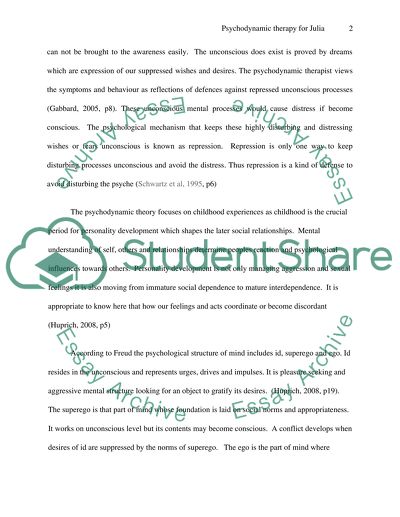Cite this document
(“Psychodynamic Theories Essay Example | Topics and Well Written Essays - 2000 words”, n.d.)
Psychodynamic Theories Essay Example | Topics and Well Written Essays - 2000 words. Retrieved from https://studentshare.org/psychology/1507613-psychodynamic-theories
Psychodynamic Theories Essay Example | Topics and Well Written Essays - 2000 words. Retrieved from https://studentshare.org/psychology/1507613-psychodynamic-theories
(Psychodynamic Theories Essay Example | Topics and Well Written Essays - 2000 Words)
Psychodynamic Theories Essay Example | Topics and Well Written Essays - 2000 Words. https://studentshare.org/psychology/1507613-psychodynamic-theories.
Psychodynamic Theories Essay Example | Topics and Well Written Essays - 2000 Words. https://studentshare.org/psychology/1507613-psychodynamic-theories.
“Psychodynamic Theories Essay Example | Topics and Well Written Essays - 2000 Words”, n.d. https://studentshare.org/psychology/1507613-psychodynamic-theories.


